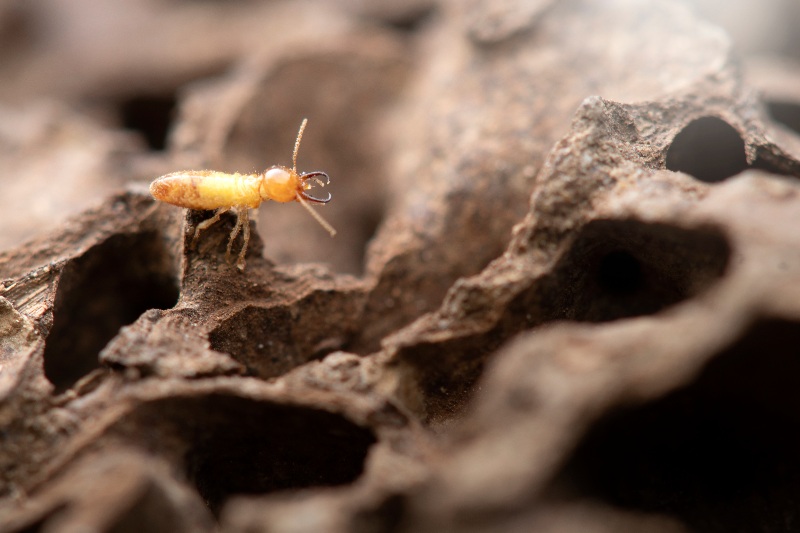How to Build a Termite Barrier Around Your Home

Termites may be small, but they can cause devastating damage to your home if they’re not dealt with properly. These pests chew through wood and other materials, making them a threat to the structural integrity of your house. A termite barrier is a great way to defend your home from these destructive pests. By combining modern construction techniques, pest prevention strategies, and soil treatments, homeowners can significantly reduce the risk of infestation.
What Is a Termite Barrier?
A termite barrier is used to block termites from entering your home. It can involve physical barriers, chemical treatments, or a combination of the two. This method is an essential part of home protection, especially in areas prone to termite activity. Not only does a termite barrier provide long-term defense for your home’s foundation and wooden elements, but it also reduces the risk of costly repairs caused by infestations.
Physical Termite Barriers
Physical termite barriers work by creating a physical obstacle that termites cannot penetrate or get around. These barriers are installed during construction or renovations and come in various forms.
Types of Physical Barriers:
Stainless Steel Mesh: This durable barrier is installed under the slab or around pipes during construction. Its fine weave blocks termites from entering while remaining effective for decades.
Sand Barriers: Coarse sand particles placed around the foundation can prevent termites from burrowing through. The sand must be the right size—too small, and termites can navigate it; too large, and they might bypass it.
Concrete and Gravel Layers: Dense layers of concrete or gravel create an impenetrable shield beneath and around your home, keeping termites at bay.
Installation Tips: Proper placement is crucial for these barriers to work effectively. Ensure that physical barriers are installed during construction or major renovations. Regular inspections are necessary to identify and repair any damage or gaps.
Chemical Termite Barriers
Chemical termite barriers involve applying termiticides to the soil surrounding your home, creating an invisible shield that repels or kills termites.
Types of Chemical Barriers:
Pre-Construction Treatment: During construction, termiticides are applied to the soil before laying the foundation. This technique ensures a long-lasting protective layer against termite colonies.
Post-Construction Treatment: For existing homes, termiticides are applied to the soil around the property. This method protects homes that were not treated during initial construction.
Safety and Effectiveness: Professional grade termiticides are more reliable than over-the-counter products. To ensure safe and effective application, hire a licensed pest control expert who understands local termite behavior and regulations.
Combining Physical and Chemical Methods
For maximum protection, combining physical and chemical termite barriers is highly effective. This integrated approach strengthens your home’s defense system and reduces reliance on chemicals alone.
Examples:
Use stainless steel mesh or sand barriers along with pre-construction soil treatments.
Combine gravel layers with post-construction termiticide applications.
Benefits: By integrating physical and chemical methods, homeowners can achieve long-term pest prevention, even in areas with high termite activity. This approach is also more eco-friendly since it minimizes excessive chemical use.
Keep Termites Away With MightyMite Termite in the California Bay Area
Building a termite barrier is a vital step to protect your home from costly infestations, and MightyMite Termite is here to make it easier than ever. With over a decade of experience serving the California Bay Area, we provide eco-friendly, effective solutions like our trusted orange oil treatments, along with professional guidance tailored to your property. Our licensed and experienced team is committed to educating homeowners and making sure they have the knowledge to make informed decisions about termite control. Don’t wait for termites to cause damage—contact us today for a free inspection and take the first step toward a secure and termite-free home.
